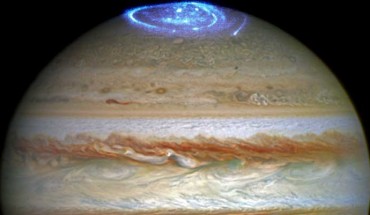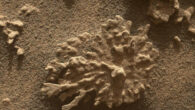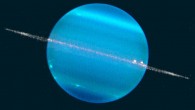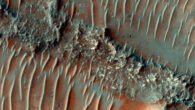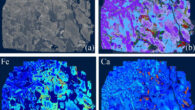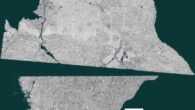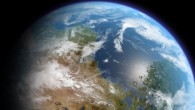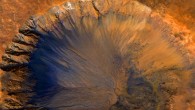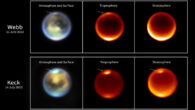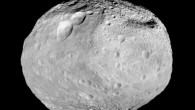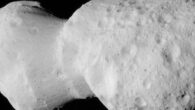Using data from NASA’s Juno spacecraft, planetary researchers have detected a new type of plasma wave in the auroral zones above Jupiter’s north pole. This image combines an image taken with the NASA/ESA Hubble Space Telescope in the optical and observations of the Jovian aurora in the ultraviolet. Image credit: NASA / ESA. “The NASA/ESA/CSA James Webb Space Telescope has given us some infrared images of the aurora, but Juno is the first spacecraft...

